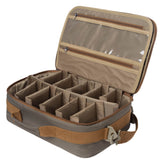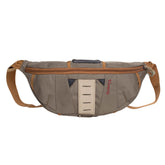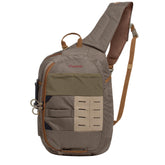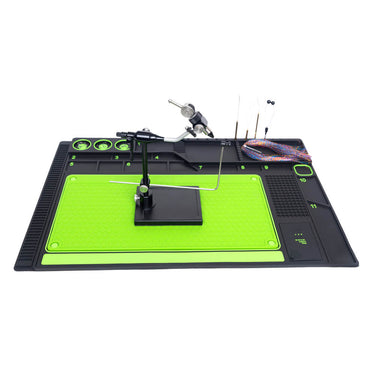Angling Adventures: Pursuing Atlantic Salmon
Fly fishing for Atlantic salmon (Salmo salar) is a revered and challenging pursuit, combining skill, patience, and an appreciation for nature. Here’s a comprehensive guide to help you get started or refine your approach:
1. Understanding Atlantic Salmon
Lifecycle: Atlantic salmon are anadromous—born in freshwater, migrate to the ocean to grow, and return to their natal rivers to spawn.
Conservation Status: Many populations are endangered or threatened due to habitat loss, dams, and overfishing. Always check local regulations and practice catch-and-release where required.
2. Best Times & Locations
Season: Varies by region. Prime times are typically:
Spring: May–June (larger "springers" in colder water).
Summer/Fall: July–October (more active in warmer water, especially during spawning runs).
Top Destinations:
Canada: Miramichi, Restigouche (New Brunswick), Labrador.
USA: Maine (Penobscot, Kennebec rivers).
Europe: Norway, Scotland (Tweed, Spey), Iceland, Ireland.
Russia: Kola Peninsula.
3. Essential Gear
Fly Rod: 9–11 ft., 6–9 weight (heavier for big rivers/wind).
Reel: Large-arbor with smooth drag (salmon are powerful).
Line: Floating line for most situations; sink-tip for deeper pools.
Leaders/Tippet: 9–12 ft., 8–15 lb. fluorocarbon.
Waders & Boots: Felt-soled or rubber (check local rules—some ban felt).
4. Fly Selection
Salmon don’t feed in freshwater but strike out of aggression or instinct. Key patterns:
Traditional Wet Flies:
Black Bear Green Butt, Blue Charm, Silver Wilkinson.
Modern Tubes/Intruders:
Ally’s Shrimp, Cascade, Sunray Shadow.
Dry Flies (summer/fall):
Bomber, Waking Caddis, Rusty Rat.
Size/Color: Match water conditions—bright flies for murky water, subtle for clear.
5. Techniques
Wet Fly Swing:
Cast across/downstream, let the fly swing in the current, then strip slowly.
Greased Line: Mend to slow the fly’s swing (effective in summer).
Dead Drifting (nymphs/soft hackles in slower pools).
Dry Fly Fishing: Skate or dead-drive dry flies over lies (exciting surface takes!).
Spey Casting: Essential for big rivers (double-handed rods).
6. Reading Water
Holding Lies: Salmon rest in:
Pools: Deep, slow-moving sections.
Runs: Moderate current between riffles and pools.
Tailouts: End of pools where water shallows.
Look for:
Boulders/Current Seams: Break the flow, creating resting spots.
Drop-offs: Transition from shallow to deep.
7. Playing & Landing
Hookset: Salmon often take softly—wait for the weight before lifting the rod.
Fight: Keep side pressure to tire the fish; avoid horsing (their mouths are soft).
Landing: Use a net, keep the fish in water, and minimize handling. For C&R:
Barbless hooks.
Wet hands, support the belly.
Revive fully before release.
8. Conservation & Ethics
Regulations: Know size limits, seasons, and gear restrictions.
Habitat Protection: Avoid trampling redds (spawning nests).
Catch-and-Release Best Practices:
Use rubber nets.
Limit fight time to reduce stress.
Avoid fishing in extreme heat (low oxygen).
9. Recommended Resources
Books: The Atlantic Salmon by Lee Wulff, Modern Atlantic Salmon Flies by Paul Marriner.
Guides: Hiring a local guide dramatically improves success (they know the water and flies).
Final Tip
Salmon fishing is as much about the experience as the catch. Enjoy the river, observe nature, and savor the anticipation of that thrilling tug!
Tight lines! 🎣















